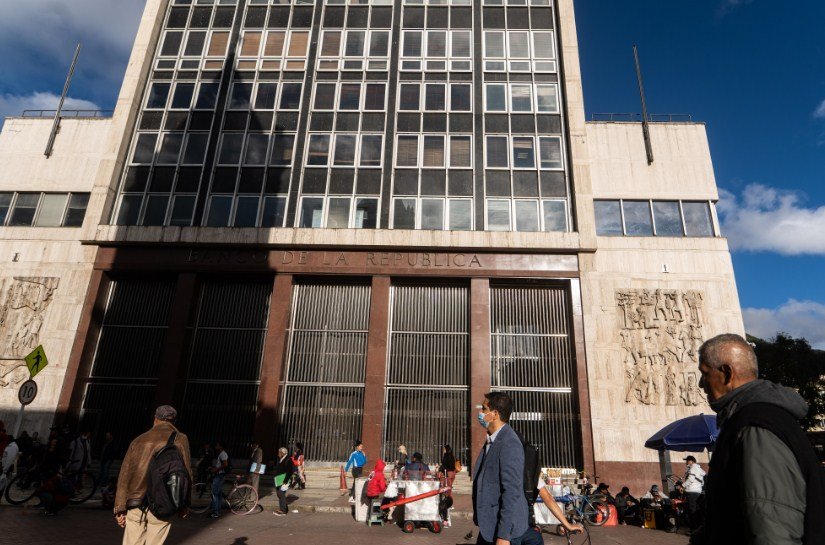Colombia’s banking sector has asked the country’s central bank to take measures to address the liquidity shortage that has affected the financial system amid lower-than-expected government spending and compliance with international regulatory framework Basel III, which strengthens bank risk management.
Liquidity Squeeze and Interest Rates
According to the Colombian banking association Asobancaria, the liquidity squeeze in the financial system is due to the government’s slower budgetary spending and higher tax collection. The funds are stored in the central bank and have not flowed into the economy. So far this year, the government has spent 47% of its planned budget, according to the finance ministry. However, some lawmakers warn some ministries have spent just 20%.
Furthermore, banks are required to retain a certain level of reserves under Basel III, adding to the liquidity strain, Asobancaria said. The liquidity needs of banks have seen commercial interest rates rise above the central bank’s benchmark rate of 13.25%.
Asobancaria’s Suggestions
Asobancaria suggested the central bank cut the reserves that financial institutions are required to hold, buy dollars at the spot market rate and allow foreign entities to purchase fixed-term certificates of deposit (CDTs).
“It’s necessary to adopt a series of measures to guarantee liquidity in accordance with the needs of the economy,” Asobancaria said in a report published on Tuesday.
The association also proposed that the central bank increase its repo operations, extend the maturity of its liquidity facilities and reduce its intervention in the foreign exchange market.
Central Bank’s Response
The central bank has not yet responded to Asobancaria’s suggestions, but it has acknowledged the liquidity situation in its recent monetary policy meetings. In July, the central bank raised its benchmark interest rate by 25 basis points to 13.25%, citing inflationary pressures and economic recovery.
The central bank also said it would continue to monitor the liquidity conditions and adjust its instruments accordingly. The central bank has been intervening in the foreign exchange market since March, buying dollars to curb the appreciation of the Colombian peso.
The next monetary policy meeting of the central bank is scheduled for August 31, when it will decide whether to raise interest rates again or keep them unchanged.

